There are numerous issues that prevent girls from fulfilling their right to education. These issues range from social and gender norms to financial barriers, and harmful traditional practices. For many girls and young women around the world, going to school is merely a dream. Too often, sex trafficking, child marriage and forced prostitution become the tragic alternatives to education. In some countries, there are stigmas attached to the education of women and girls, and as a result, untapped human potential and gender inequality persist. The outcome is that countries become trapped in a complex web of economic paralysis, poverty, poor health, and gender-based violence.
Therefore, it is critical for us to understand the importance of education for girls as an essential step along the path to gender equality and a catalyst for change in the lives of women, their families, communities and the world. The Sustainable Development Goals (SDGs) are said to be interconnected — often the key to success for achieving one SDG will involve tackling issues associated with another. Educating girls and promoting gender equality are key for the world to deliver on all the SDGs.
These are the Sustainable Development Goals:
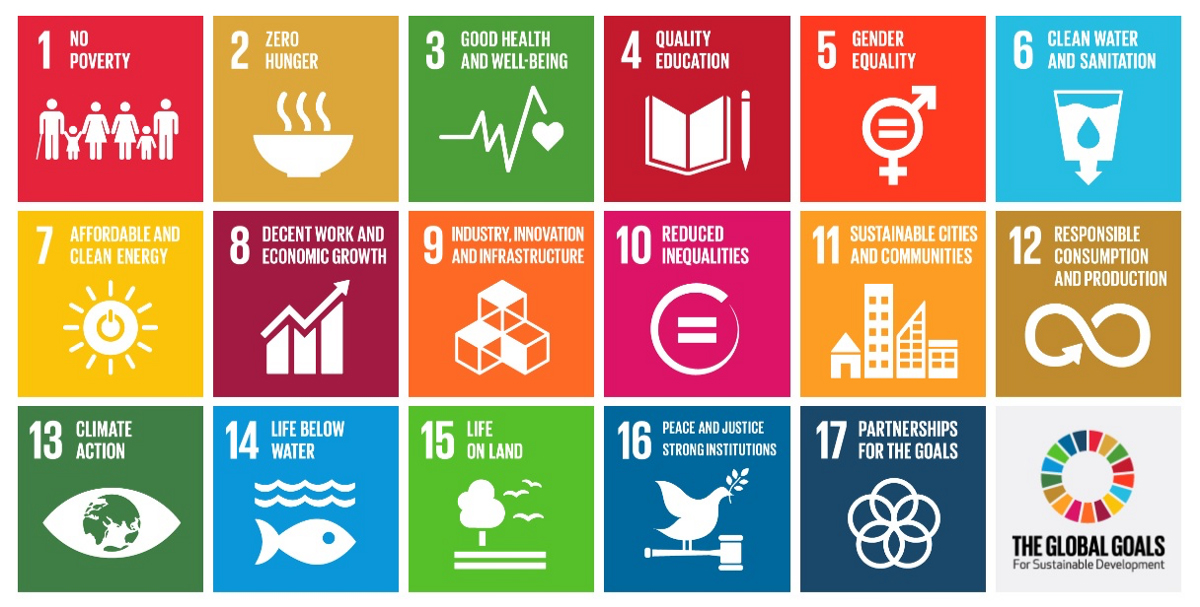
And here are the latest data on how educating girls is essential to the achievement of all the SDGs:
EDUCATING GIRLS LEADS TO POVERTY ALLEVIATION AND ZERO HUNGER (SDG 1 AND SDG 2)
Decrease in poverty and hunger (SDG 1, SDG 2): According to research by the World Bank, for every extra year of primary education, a girl’s individual wage rate increases an average of 10–20% and 25% with an extra year of secondary school. Furthermore, according to the World Bank, 90% of a mother’s wage goes towards caring for her family, thus lifting a household out of poverty and hunger.
EDUCATING GIRLS LEADS TO IMPROVED HEALTH AND WELL-BEING (SDG 3)
Fewer child deaths: According to a study by UNESCO, if all women had a primary education, there would be 15% fewer child deaths. If all women had a secondary education, child deaths would be cut in half, saving almost 3 million lives across the globe. Furthermore, the study showed that an educated mother improves nutrition. If all women had a primary education, 1.7 million children would be saved from malnutrition, and 12 million if all mothers obtained a secondary education.
Fewer maternal deaths: The same UNESCO study also found that if all mothers completed a primary education, maternal deaths would decrease by 60%, saving approximately 98,000 lives. In sub-Saharan Africa, if all women completed primary education alone, maternal deaths would be reduced by 70%, saving 50,000 lives.
A decrease in infectious diseases: A recent UNAIDS report indicates that women and girls with at least 6 years of school are more likely to protect themselves against HIV/AIDS and other diseases.
EDUCATING GIRLS LEADS TO GENDER EQUALITY, WORK AND ECONOMIC GROWTH, SUSTAINABLE CITIES, INDUSTRY AND INNOVATION AND REDUCED INEQUALITIES (SDGS 5, 8, 9, 10 AND 11)
Increase in equality (SDG 5, SDG 10): Gender inequality is reflected in many ways, including income disparity, wage discrimination, gender norms and gender-based violence. By advancing girls’ education, girls are more likely to realize their potential, exercise their human rights and contribute to society. Educated girls will form the next generation of women leaders and make significant advances toward bridging the gender gap.
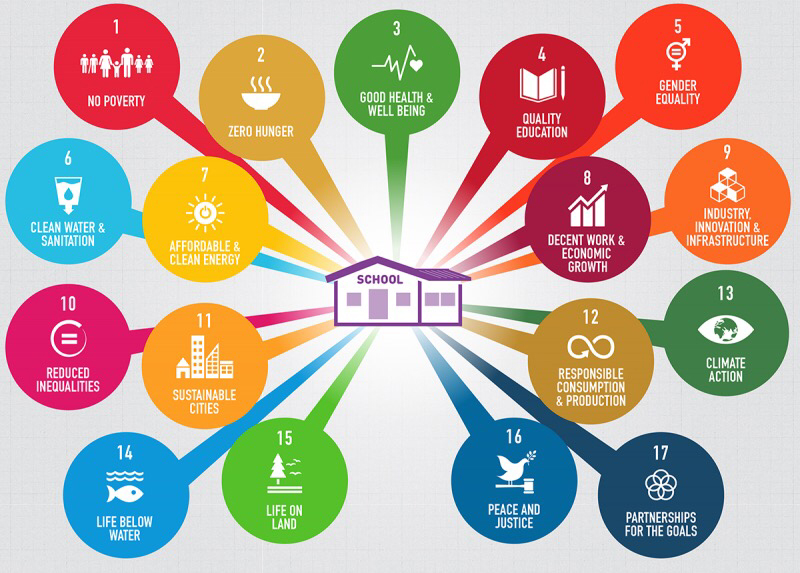
A catalyst to economic growth and sustainable communities (SDG 8, SDG 11): As a country’s inhabitants become better educated, they are more likely to make cities and settlements safer, sustainable, and resilient. According to the World Bank’s study in 100 countries, every 1% increase in the number of women with a secondary education yields an increase of 0.3 percentage points in the country’s annual per capita income growth rate. For example, if India had a 1% increase in girls in secondary school, their GDP would increase by $5.5 billion. Additionally, women with an education are more likely to work, create economic growth and develop their communities.
Advancement of innovation and industry (SDG 9): Compared with boys, girls have fewer opportunities and lower rates of entrepreneurship and innovation in many countries. Educating girls can create an environment that encourages innovation, entrepreneurship and creativity. Furthermore, educating girls in STEM (Science, Technology, Engineering and Math) subjects also increases sustainable industries, and investing in scientific research and innovation helps to facilitate sustainable development.
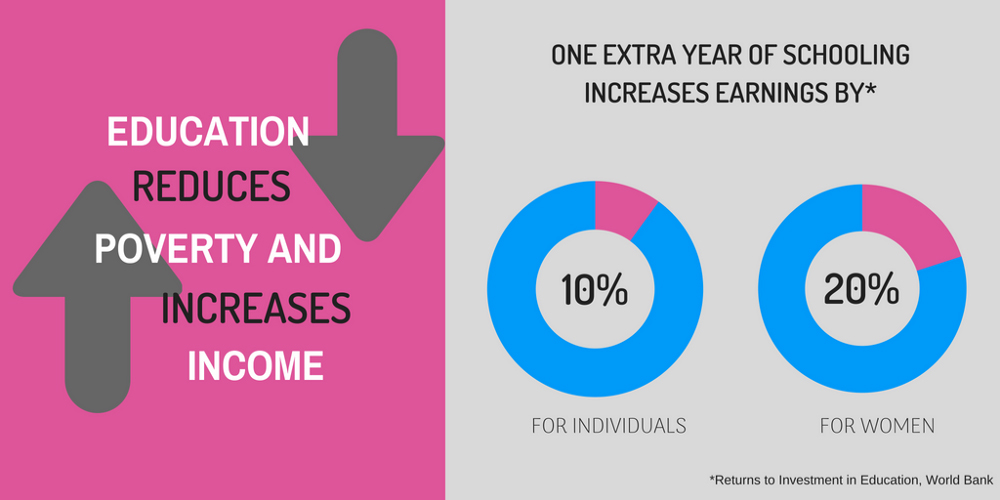
EDUCATING GIRLS LEADS TO CLIMATE ACTION, CLEAN WATER AND SANITATION, CLEAN AND AFFORDABLE ENERGY, RESPONSIBLE CONSUMPTION AND PRODUCTION, IMPROVING LIFE BELOW WATER AND ON LAND (SDGS 13, 6, 7, 12, 14, 15)
Educated citizens are more inclined to build and maintain clean energy infrastructures, show greater concern about the well-being of the environment, use water more efficiently and recycle.
Ability to combat climate change (SDG 13): Women and girls are among the most vulnerable to climate change. They are also the most powerful agents of change. Providing girls with relevant education on disasters in a school environment can increase their knowledge of responding to climate change while contributing to sustainable development in their communities.
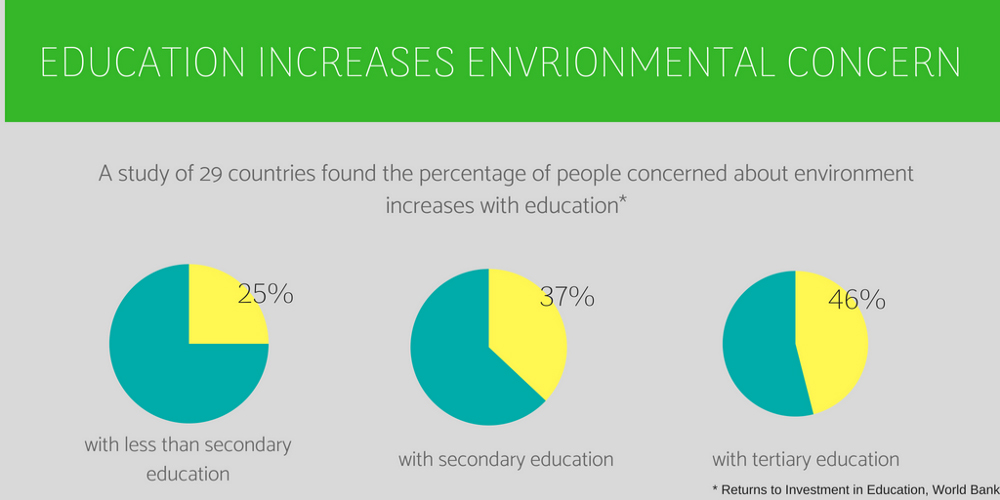
Increase in responsible consumption (SDG 12): When girls can access information about how to adapt to a changing climate they can play an instrumental role in reducing consumption. They can also contribute to the resilience of their families and communities. In fact, UNICEF says that educating girls and women is one of the best ways of strengthening communities on climate change. Furthermore, as girls’ prospects improve through education, they can support the family economically. By doing so, they could help make families more resilient to climate change.
Awareness in the well-being of the environment (on land and below water) and rise of innovation (SDG 14, 15 and SDG 7): By increasing girls’ participation in STEM subjects, girls and women will be more educated in subjects related to the environment such as marine biodiversity, life below water or on land. Educated girls are also more likely to be innovative and advance new ideas such as reliable modern energy services.
Better hygiene and sanitation (SDG 6): Educated girls are more likely to learn about hygiene and improved water sanitation through schools or other programs.
EDUCATING GIRLS LEADS TO STRONG INSTITUTIONS, PEACE AND JUSTICE (SDG 16)
Increased involvement in democratic processes and awareness of rights: According to UNDP, women and girls who receive an education are more likely to seek justice and tackle discrimination such as gender-based violence or other injustices as they are more aware of their rights. We also know that literate people are more likely to participate in the democratic process.
Rise in peace and tolerance: Studies by UNESCO indicate that children who receive a secondary education are more likely to show tolerance than those with a primary education only towards people who speak another language, immigrants, homosexuals, people of a different religion and race. Furthermore, if the enrolment rate for secondary school is increased by 10%, the risk of war is decreased by 3%.
EDUCATING GIRLS LEADS TO PARTNERSHIPS FOR SUSTAINABLE DEVELOPMENT (SDG 17)
Formation of partnerships and healthy societies: When players work together we see greater productivity and impact from the available resources. And we see real progress in countries that are driven to bring quality education to their children and move closer to the goal of sustainable international development.
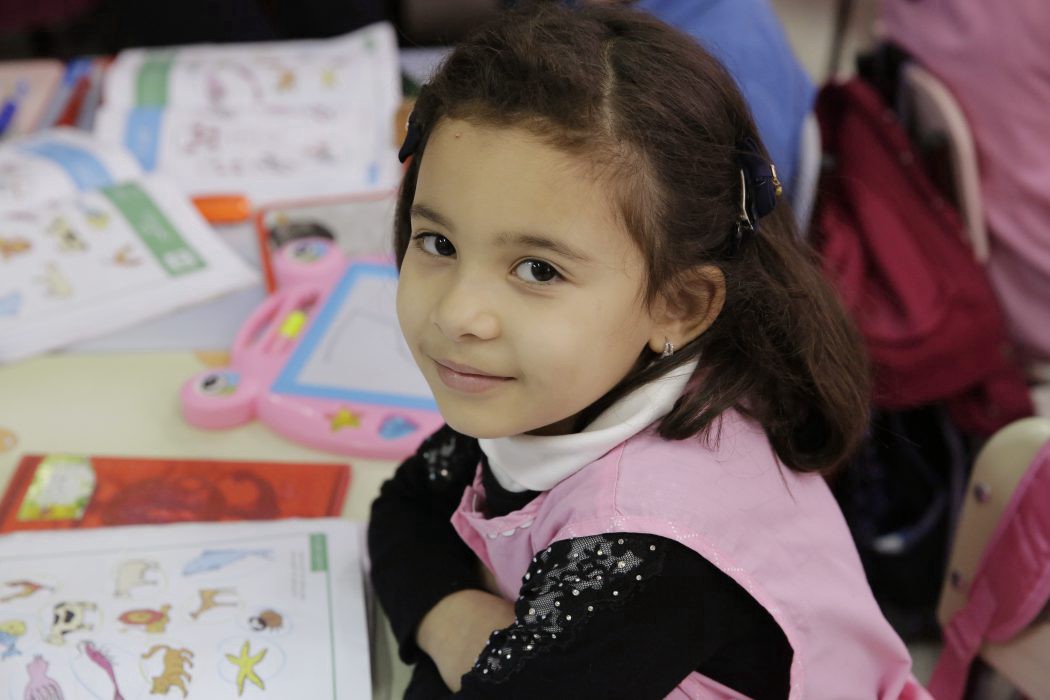
Awareness of the importance of girls’ education must be raised all over the world — and urgently. As of 2018, 132 million primary and secondary-aged girls are not in school. This affects us all. What has been shown above are just a few examples of how the education of girls and women can enable us to achieve sustainable development globally by meeting the targets of the SDGs.
For as long as girls and women are prevented from achieving their full potential, the world is only taking steps backwards. Through cooperation and partnerships across the world we can achieve gender equality in and through education, and in turn, deliver on the promises set out in the SDGs.
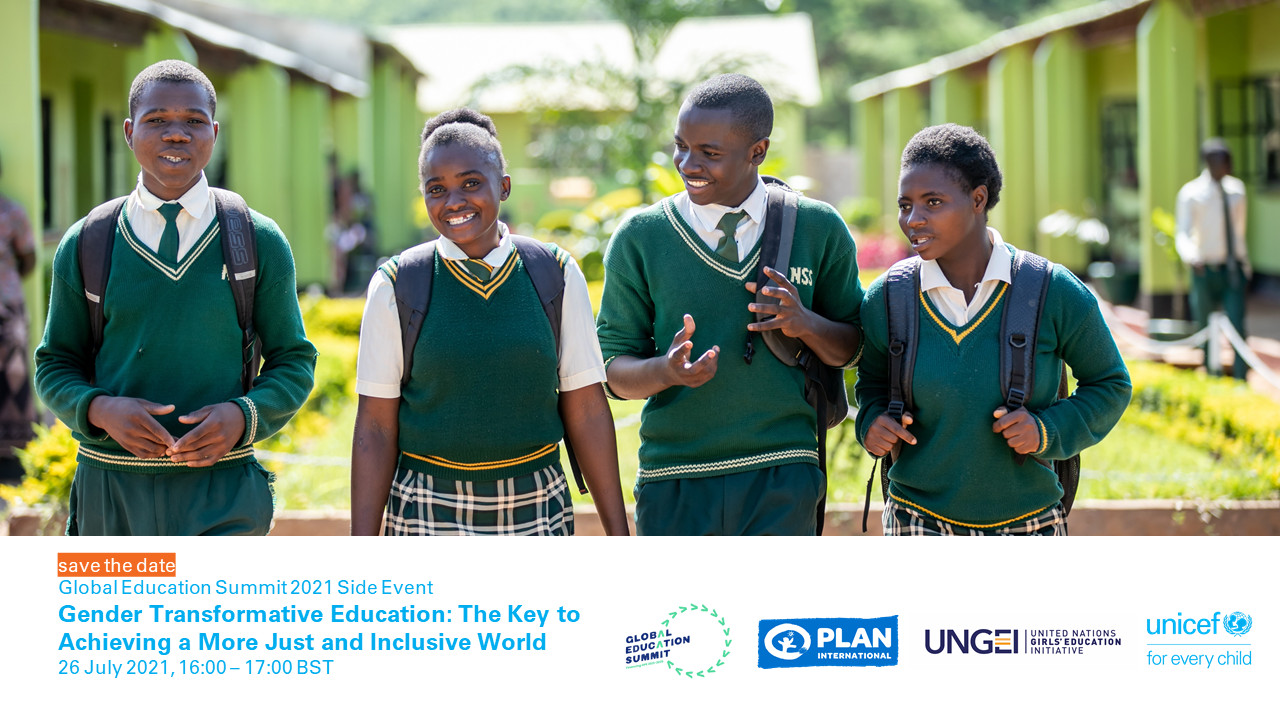
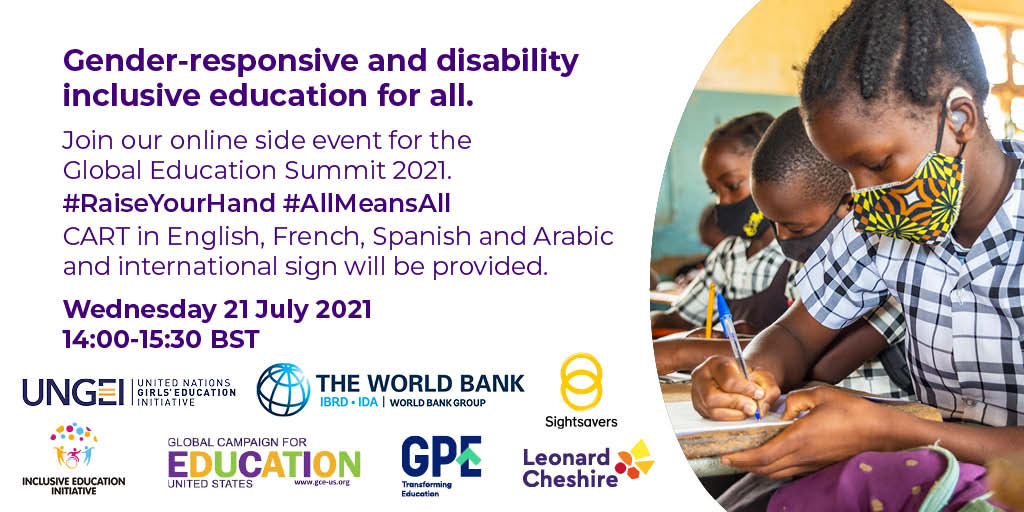
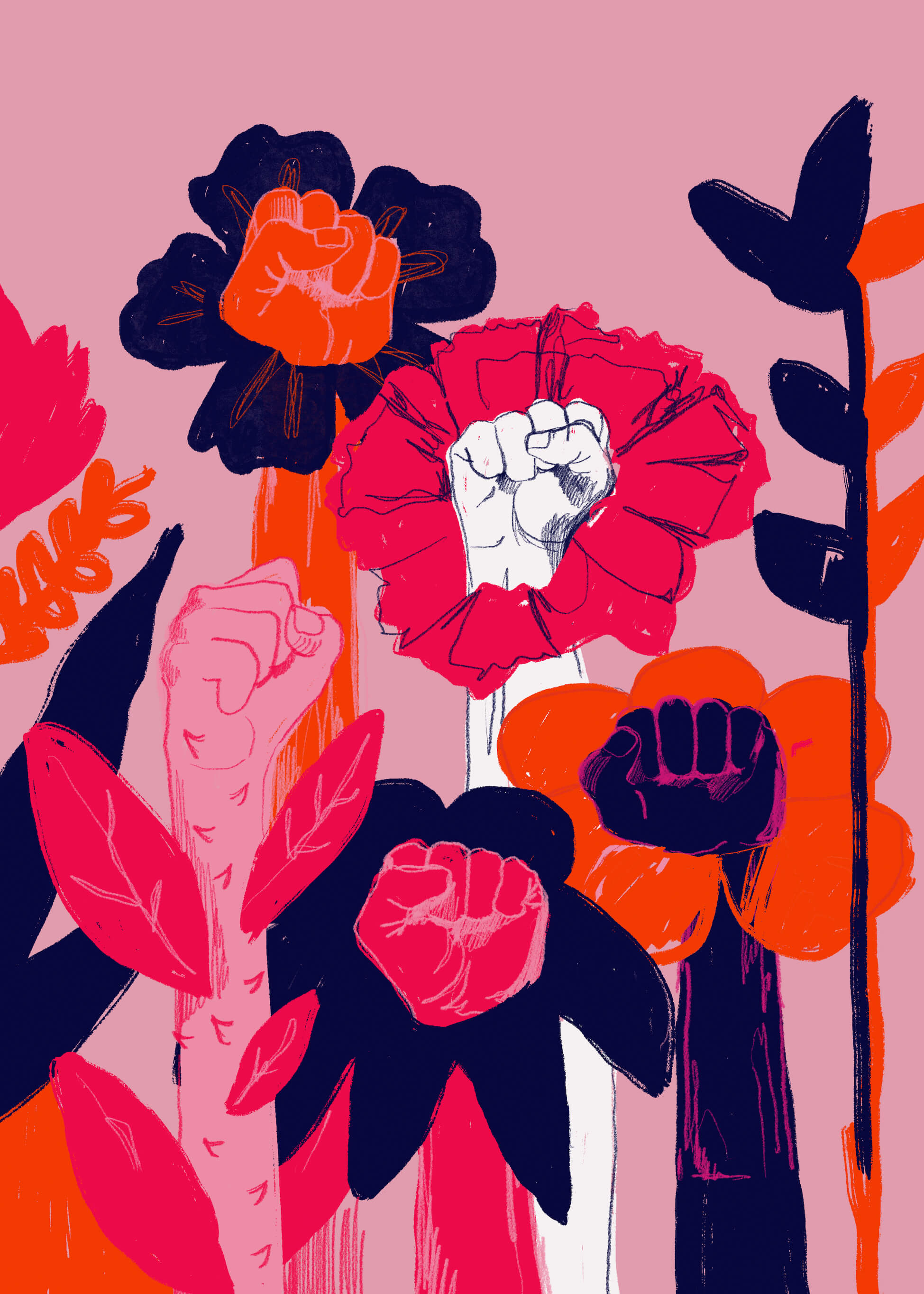
 English
English العربية
العربية Български
Български Hrvatski
Hrvatski Čeština
Čeština Dansk
Dansk Nederlands
Nederlands Suomi
Suomi Français
Français Deutsch
Deutsch Ελληνικά
Ελληνικά हिन्दी
हिन्दी Italiano
Italiano Română
Română Русский
Русский Español
Español Maltese
Maltese Zulu
Zulu አማርኛ
አማርኛ